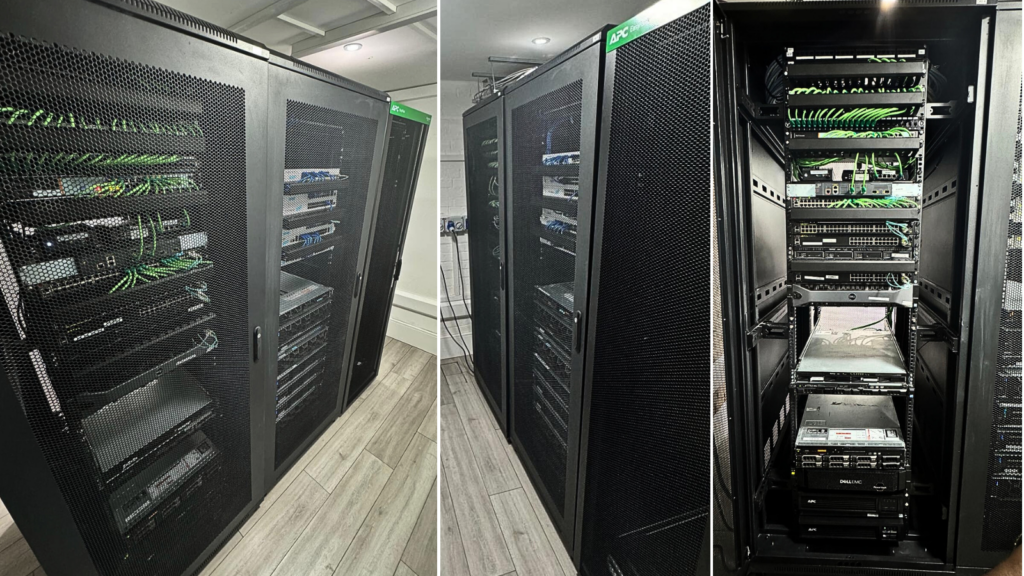
The advent of 5G technology is revolutionising the way we connect, communicate, and consume data. As businesses and industries move towards more digital, data-driven models, the role of data centers has never been more important. These facilities serve as the backbone of modern connectivity, enabling the seamless flow of data that supports everything from smart cities to autonomous vehicles. AWTG is at the forefront of this transformation, with its advanced 5G Open RAN Data Centre that powers cutting-edge networks for businesses seeking to stay ahead of the curve.
AWTG’s 5G Open RAN Data Centre is not just any data center; it is a scalable, resilient facility that incorporates multiple 5G Core Networks, including Druid, Athonet, and CapGemini. This flexible infrastructure is built to support the growing demands of next-generation technologies, ensuring high-performance and reliability while also preparing for future expansion. By leveraging this state-of-the-art facility, AWTG is able to provide solutions that empower enterprises, helping them unlock the full potential of digital transformation through robust 5G connectivity.
A key factor in AWTG’s data center is its ability to handle power redundancy management, ensuring uninterrupted service even in the event of a power failure. With the increasing reliance on digital technologies, businesses cannot afford downtime, and AWTG’s facility is designed to guarantee continuous uptime and optimal performance. The strict health and safety measures are in place to protect RF equipment, safeguarding the integrity of the network and the data it carries.
One of the biggest opportunities presented by 5G technology is the expansion of edge computing, which processes data closer to the user. This localised approach reduces latency, improves response times, and enables real-time decision-making for applications in IoT and AI. AWTG’s data center is well-positioned to capitalise on this shift, supporting massive IoT deployments and AI-driven analytics that enable businesses to unlock new levels of efficiency and innovation.
However, with these opportunities come new challenges. Data center operators must upgrade their infrastructure to handle the demands of 5G, including adopting higher-capacity networks. They must also develop new power and cooling solutions to manage the increased energy consumption and heat generation associated with 5G networks. As the attack surface grows, data center operators must prioritise security, balancing the need for robust protection with the demand for low-latency performance.
AWTG is addressing these challenges head-on by incorporating intelligent automation into its data center network. Through AI-driven solutions, AWTG can optimise traffic flow, predict potential issues before they arise, and respond swiftly to dynamic business needs. This proactive approach not only simplifies network operations but also reduces complexity, allowing businesses to focus on innovation rather than infrastructure. As a result, AWTG is setting new standards for data center performance and reliability.
Energy efficiency is another area where AWTG’s data center leads the way. By reducing unnecessary network traffic and optimising resource usage, the facility promotes sustainability while still delivering high performance. This is crucial for businesses seeking to minimise their environmental impact while meeting the growing demands of 5G connectivity. With a focus on energy-efficient solutions, AWTG ensures that businesses can scale sustainably without compromising on performance.
In an increasingly interconnected world, the role of data centers in enabling 5G and digital transformation cannot be overstated. AWTG’s innovative approach to 5G infrastructure, edge computing, and energy efficiency positions the company as a leader in shaping the future of connectivity. As industries continue to evolve and new technologies emerge, AWTG’s data center solutions will be at the heart of the next generation of connectivity, driving enterprise growth and helping businesses thrive in the 5G era.
